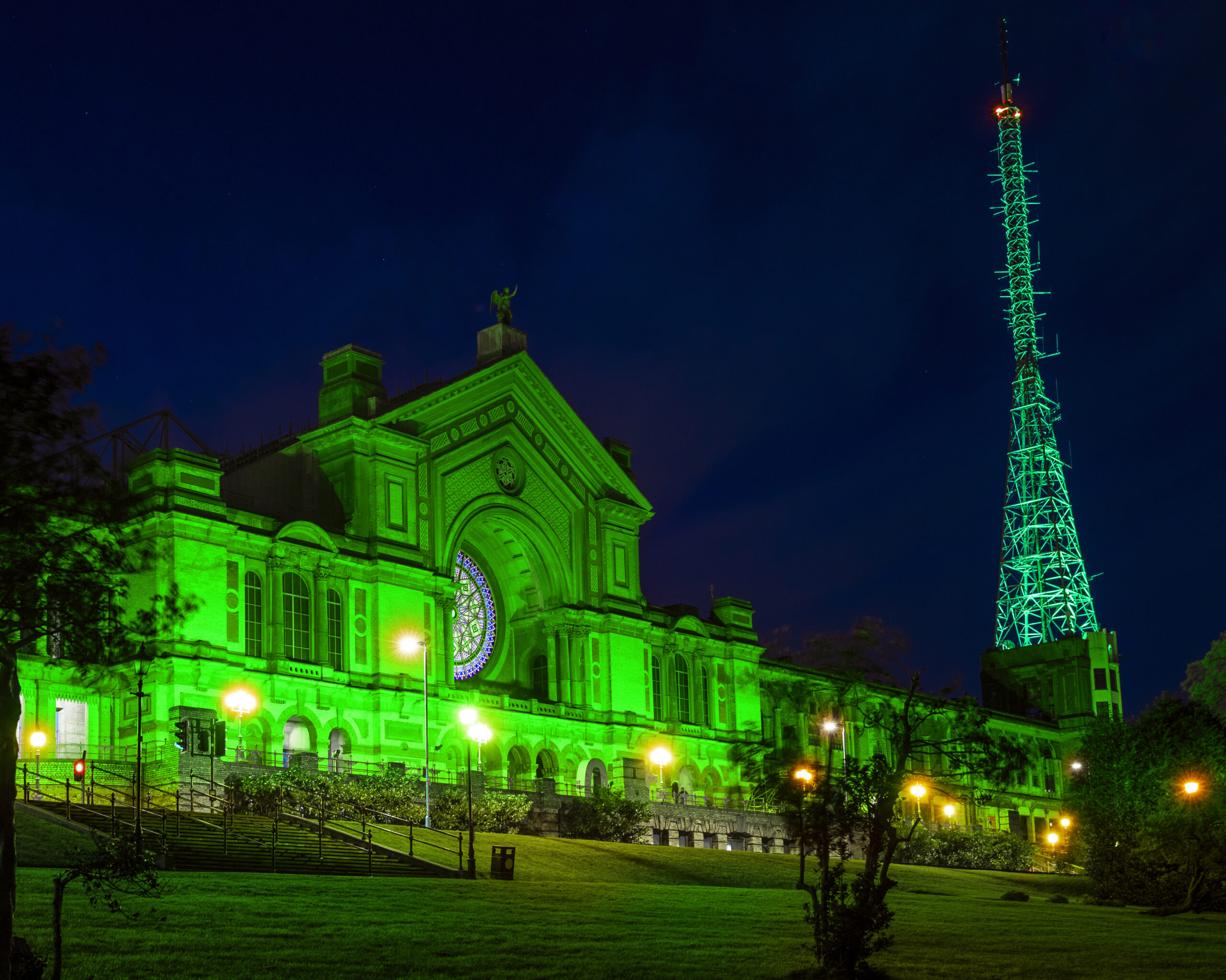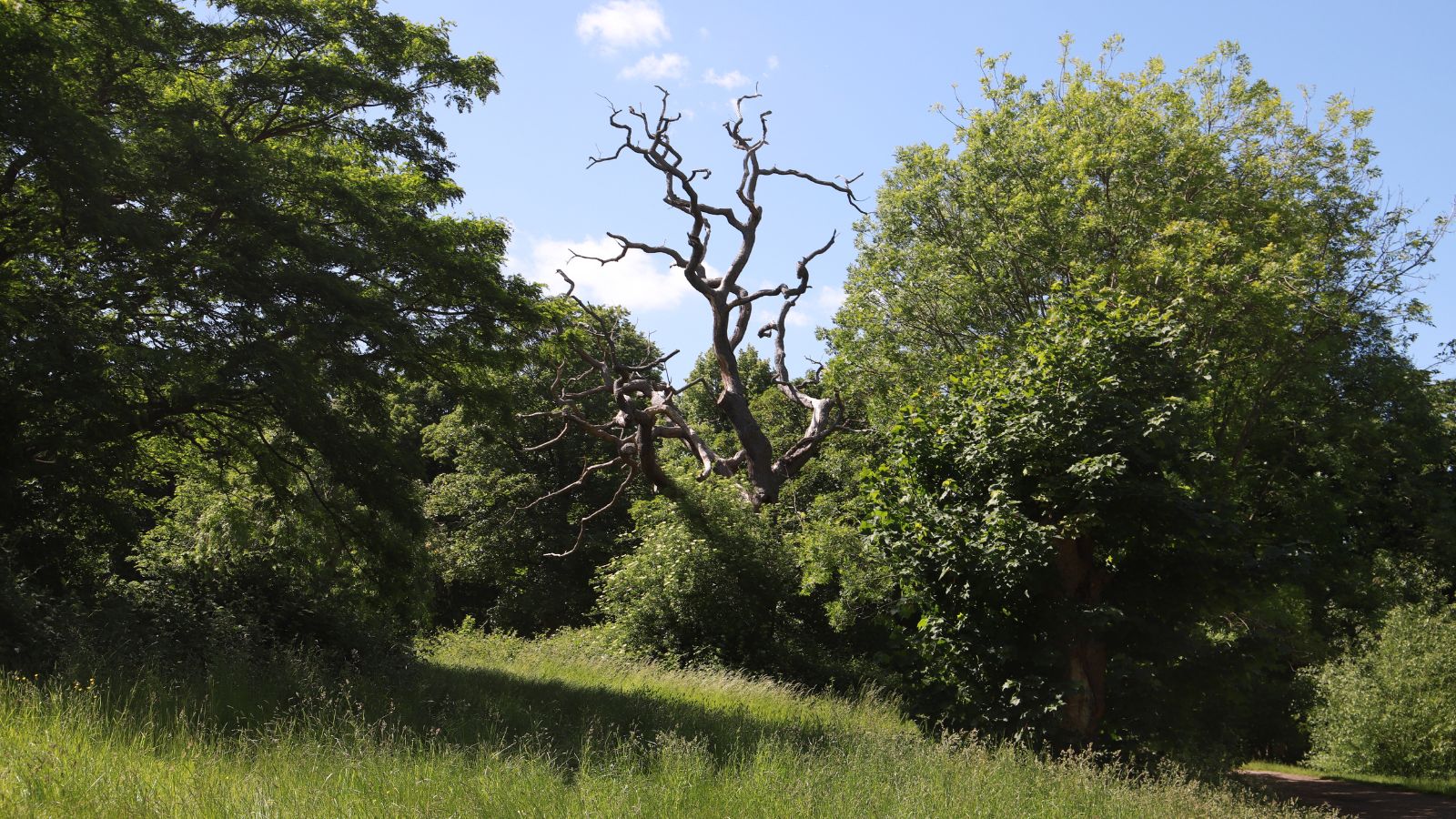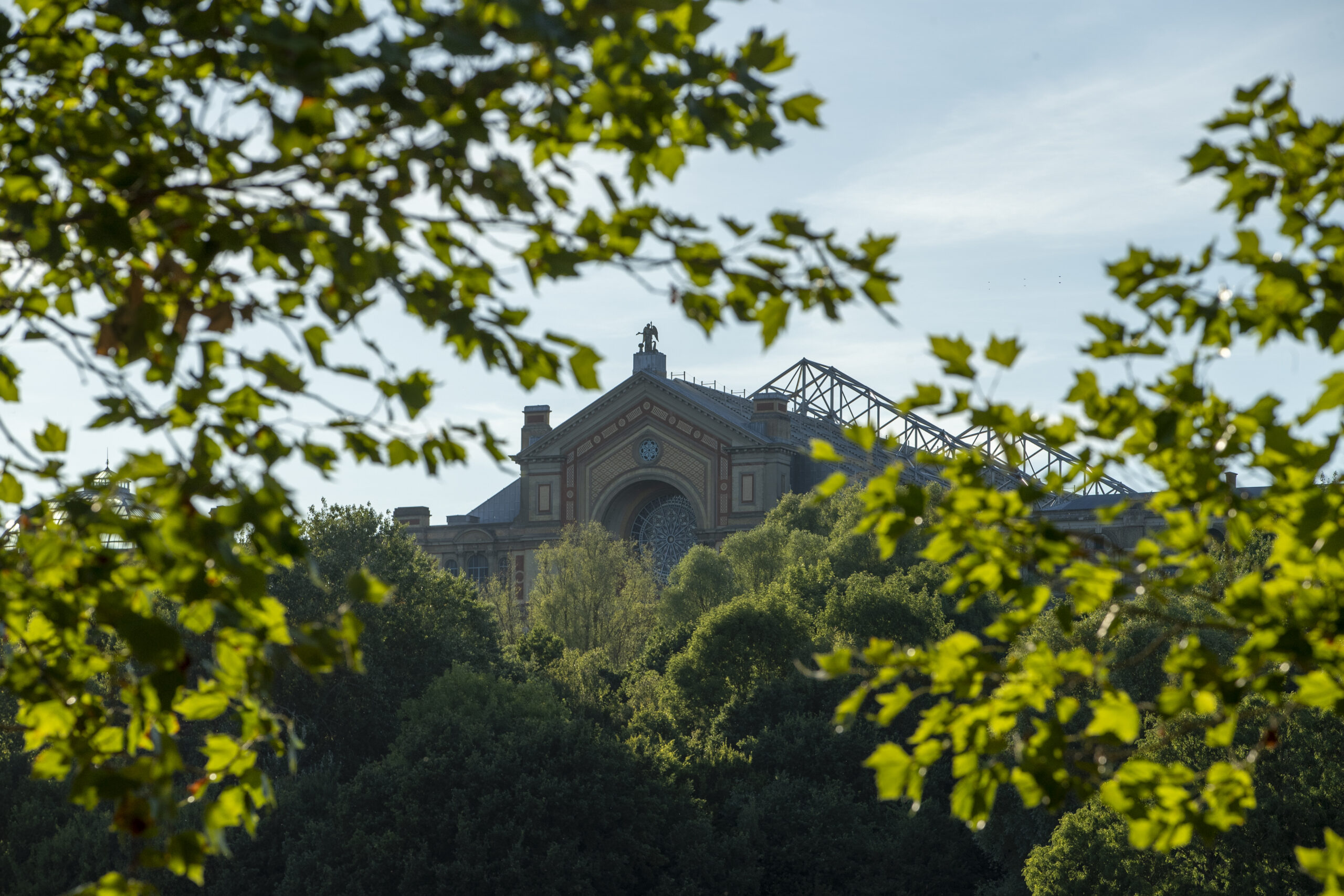Our Park is a local nature reserve and Site of Borough Importance for Nature Conservation. It’s home to 694 different types of plants, animals and fungi, including 212 different types of insects and 26 types of arachnids!
Here’s Aimee, to tell us more about some of the species that she loves on her visits to the Park.
Hello! I’m Aimee, I am 13 and I have autism. I love to visit the lake every day to feed the ducks and geese. I have so much love for these birds, and have been visiting to feed them for many years. It’s my safe and happy place to be. It also helps to keep me regulated and calm. I’ve decided to make a blog to educate people on how to take care of the lake and these birds. Thank you for reading my blog, and I hope you enjoy it!
I’ve begun naming the ducks and geese that have distinctive markings and personalities using my duck log book.
Canada Geese The most common geese around the lake. They have long black necks/heads, white patches on their cheeks and chins with a greyish-brown body. The average life span of a Canada Goose is between 10-25 years. Some live more than 30 years. Canada Geese usually stay in groups, such as families, or combine with other families or friends! It can take time to approach geese as they can be aggressive, especially with their goslings (baby geese) close-by. Patience is the key. Signs of aggression with waterfowl can be: a lowered head, extended neck, hissing or pecking/biting. My favourite Canada Goose I have named is a hairless neck one as he has fur missing from his neck. He frequently loves to stay alone, is extremely gentle and loves to stay by humans.
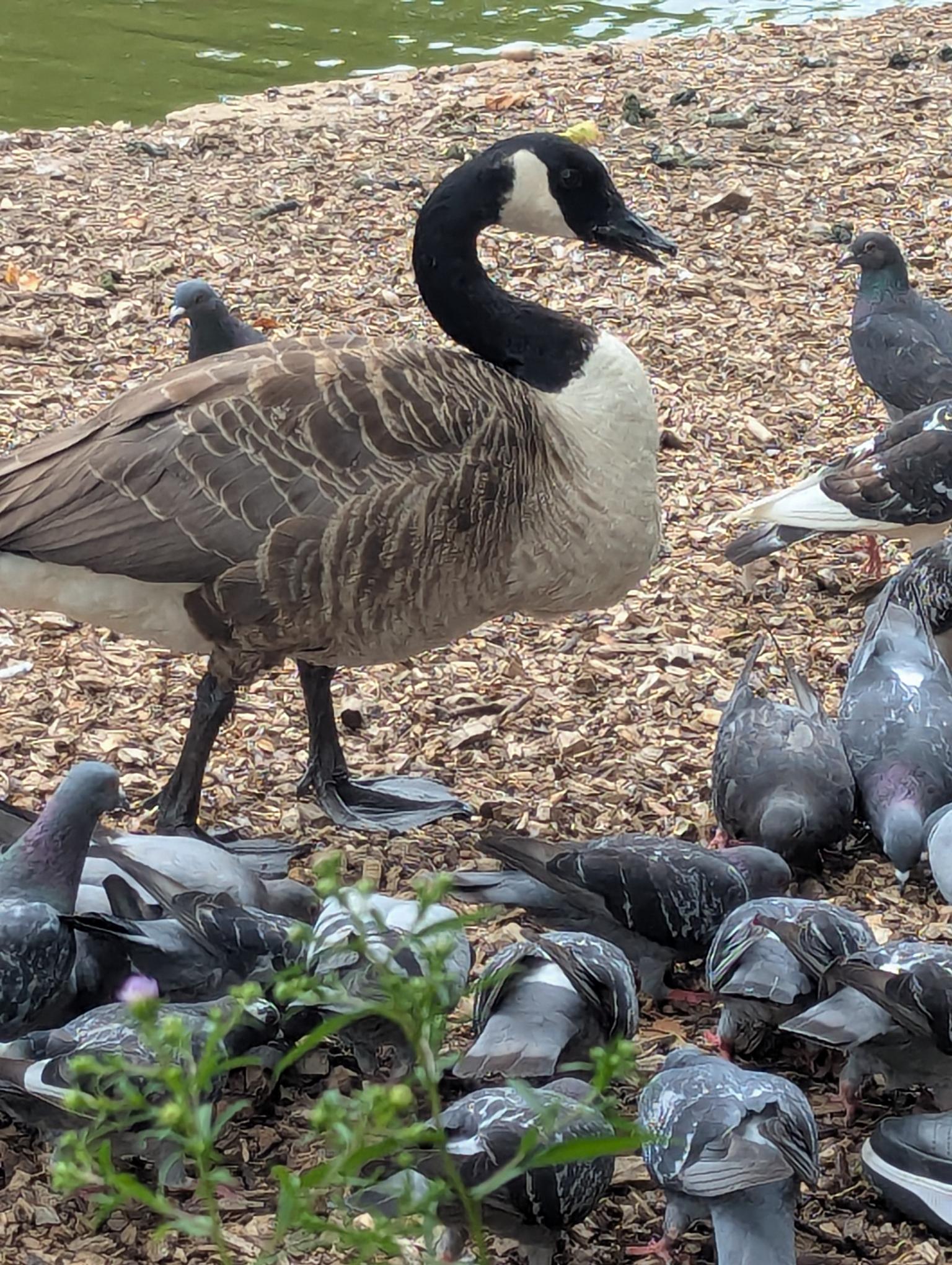
Greylag geese have a pale grey body, with pinkish-orange legs and a distinctive orange beak. While Canada Geese live 10-25 years, Greylag Geese have an average lifespan of 8-12 years. During breeding season, Greylags and other waterfowls are known to be aggressive, this is because they are on high alert to protect their nest and eggs. Greylag Geese can be less aggressive than Canada Geese, they can be very affectionate when they get to know you. This year, we had a family of 14 which included 12 goslings. I’ve fed from the hand since they were born!
My favourite Greylag is Angel, she will always be my favourite. She has an angel wing which is a birth defect. She’s very distant from other ducks and geese which I believe is because of anxiety.
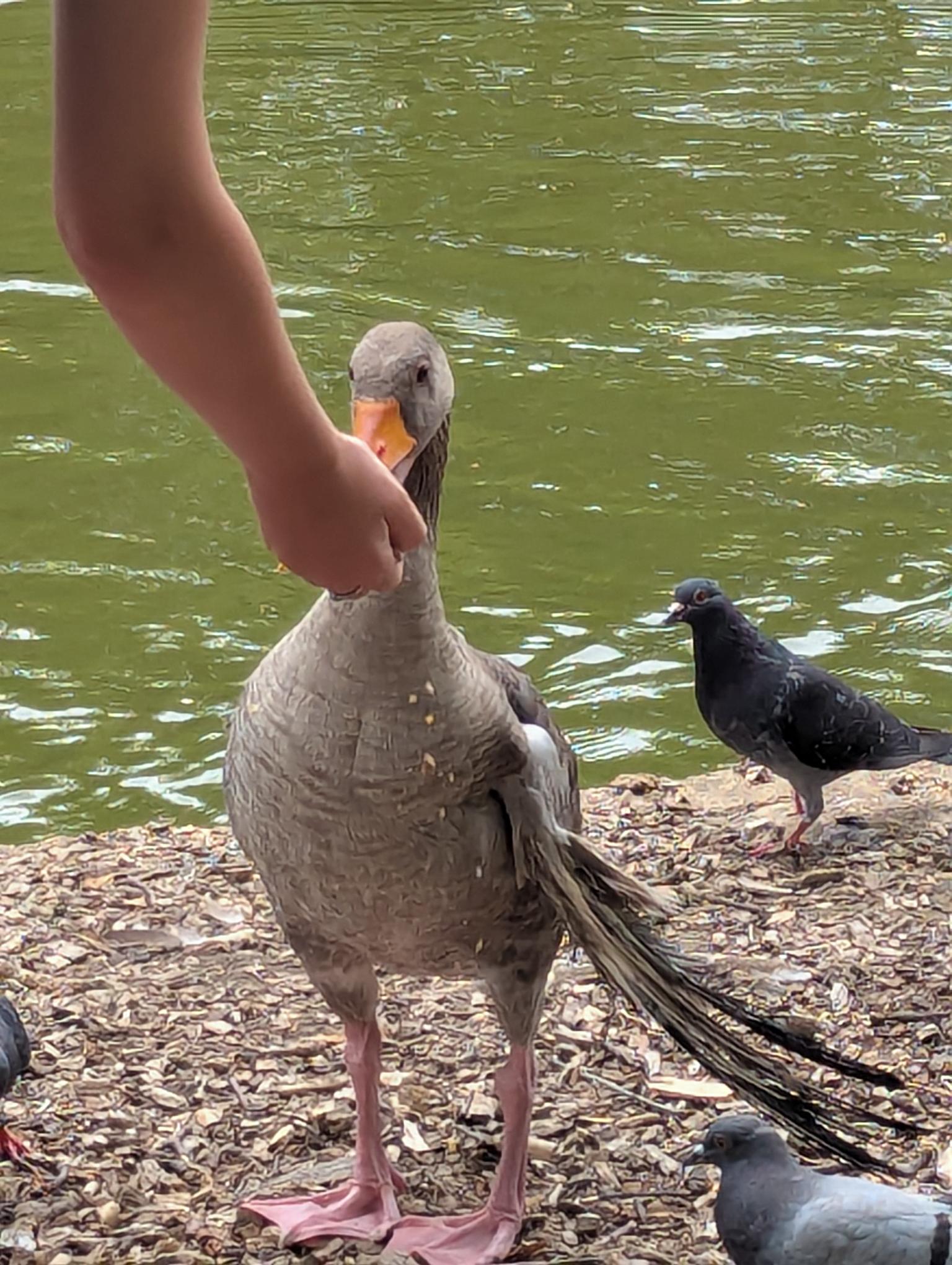
Male Mallards (Drakes) and Female Mallards (Hens) are my favourite. Males have a green head, yellow beaks, white collar neck and a grey body. Females are mottled brown and have an orange beak. Mallards regularly stay in pairs (a male and a female). But this can rise up! We don’t have as many Mallards as we used to at the lake. However, we do have a very distinct Mallard at the moment which is a very pale blonde colour (the only one with this coloured coating on the lake). This colour has been caused by the lack of melanin which is a genetic condition. She likes to fly around with her sibling which is brown in colour. I’ve also known them since they were first born. I have named them Blondie and Brownie. They are currently my favourite ones on the lake!
Eurasian Coots have Black-Grey body, white beak and a frontal shield (face). Male Coots have wider shields, while females have thinner and smaller shields. Their lifespan is around five years. Coot’s are usually aggressive and mysterious towards other waterfowl, and humans. They like to dive and hunt for their own food. On the lake, there are two coots who adore feeding out of my hand. I’ve named one of them Cooty. He loves running and even sneaking up to me. He loves being around me and dislikes when other ducks and geese steal his food.
Moorhens are similar to Coots and from the same family. They have a blue-black plumage, red beak with yellow tip, and a red frontal shield! People often mistake Moorhens and Coots. Their lifespan is around three years. They are incredibly nervous and shy.
Tufted ducks females are brown with a dark grey beak and a tiny tuft on their head, while males are black with a pale-grey beak, white flanks and a long tuft at the back of the head (I usually call them ponytails). They enjoy diving down for food, and they don’t stay up the surface for too long. Tufted ducks do this 16-20 seconds at a time.
Egyptian Geese are beautiful. We had a family of six this year but have not seen them for a while.
Please also look out for our Heron, Cormorants and Terrapin family whilst visiting the lake.
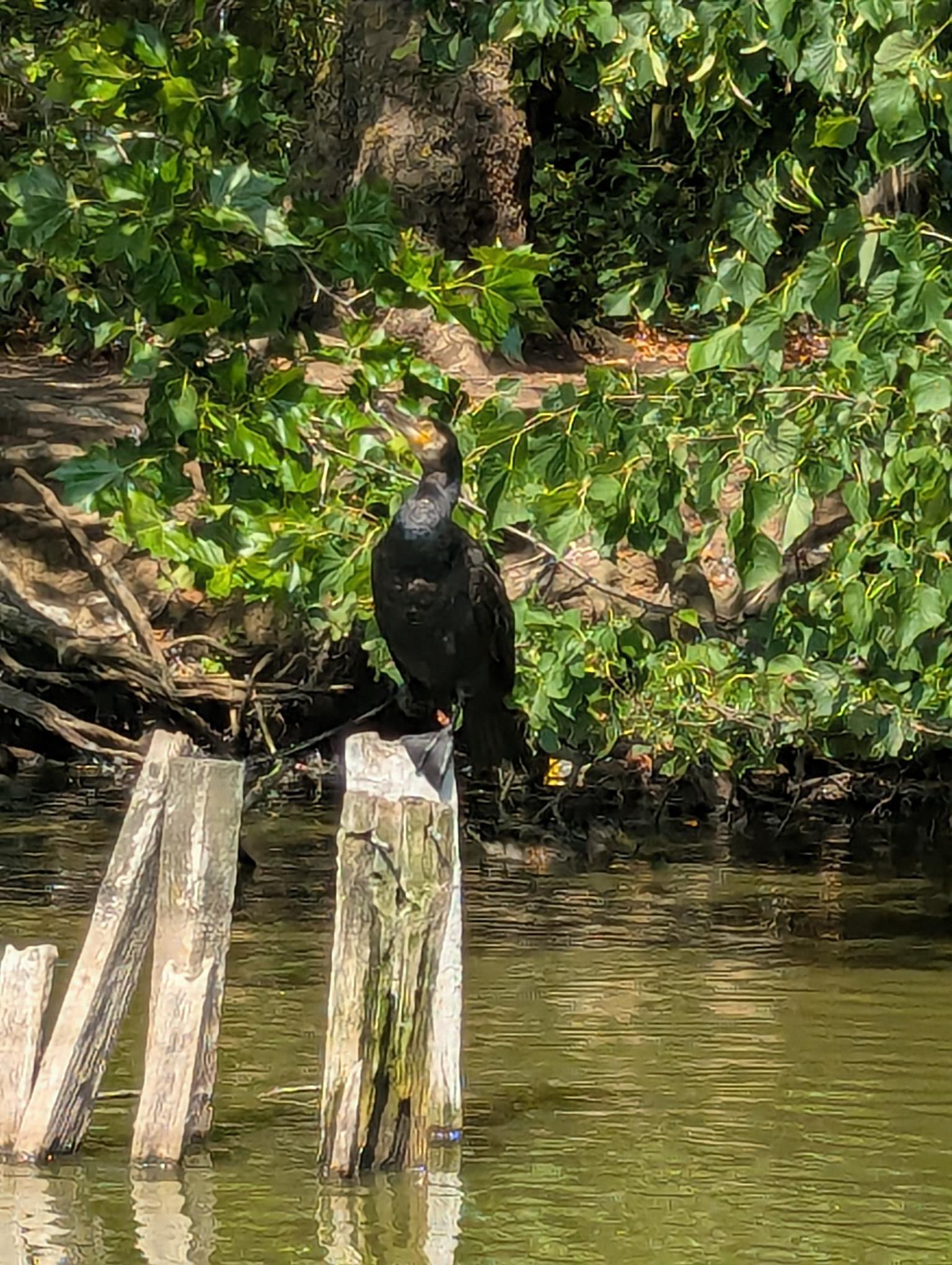
How to feed the ducks People mainly feed them seeds, but there are other resources like: grains, aquatic plants, or even some fruits or vegetables! Please do not feed them bread or any processed foods, as this can harm their health and make them ill by giving them the wrong nutrients.
To look after the lake, avoid throwing rubbish or human food into the water, as it can harm the ducks/geese and disrupt the environment. Instead, focus on preserving natural habitats, keeping the water clean, and providing proper food sources when needed.
